ST. LOUIS — Intramotev, the startup company that converts conventional freight cars to battery-electric, self-propelled vehicles, has debuted an autonomous double-stack car.
The company showed off the TugVolt well car in a video released this week. The 20-year-old former TTX car carries two 40-foot international containers as it moves independently along trackage in Intramotev’s facility. It’s also shown pulling a box car.
Intramotev currently has self-propelled hopper cars in service on a Pennsylvania mining railroad that is not connected to the national rail network, and thus is beyond the reach of Federal Railroad Administration regulations. Absent a waiver from existing regulations, the equipment cannot currently operate on the common carrier rail network. The goal of operating in revenue service on mining railroads is to prove the technology before making the leap to short lines and Class I railroads.
Intramotev’s technology is designed to be compatible with conventional rail equipment and can be applied to any type of freight car. TugVolts can operate within a conventional train. Or they can operate autonomously or by remote control.
The long-term vision: Have TugVolt well cars included in a conventional long intermodal train from, say, Los Angeles to Chicago. Upon arrival in Chicago, a block of TugVolt cars could then run independently to a common destination in a smaller market or even to an individual customer location.
“In addition, a benefit of the TugVolt for railroads is that it can enable profitability for lower volume routes, enabling high-margin topline growth through modal shift from trucking,” spokesman Don Soffer says. “It can be used separately for these secondary city pairs that don’t justify an entire daily intermodal unit train. Short trains can be run more frequently at a profit instead of waiting days for a long train to be aggregated. Our ability to do this with backwards-compatible assets and double-stacked containers is what sets us apart.”
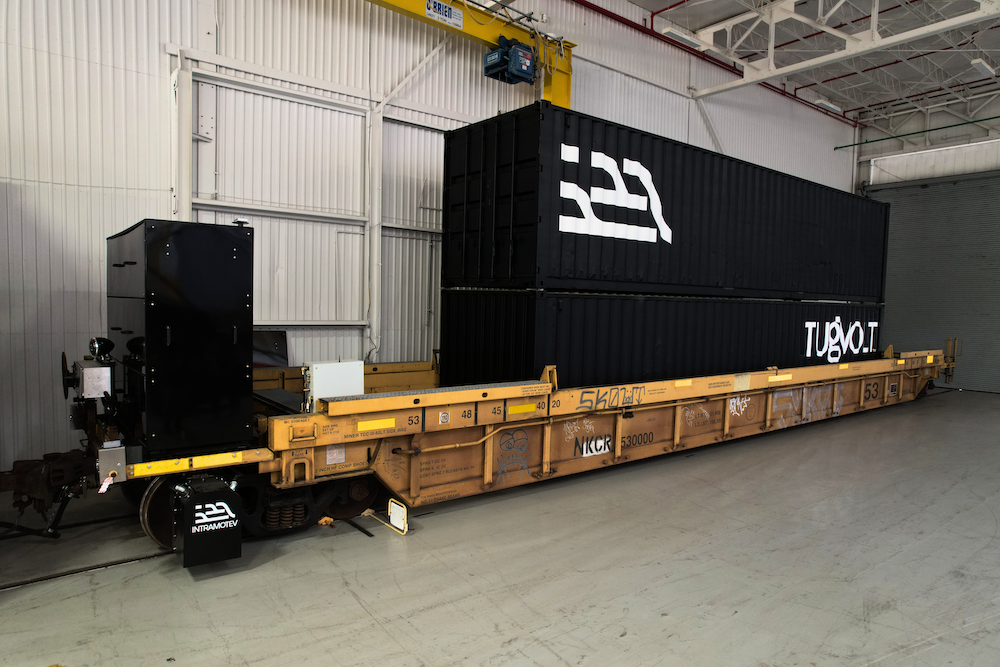
On a flat route, a single TugVolt car can act like a locomotive and pull up to five non-powered cars.
Intramotev, which was founded in 2019, this month announced that it had received $14.4 million in its latest funding round. Flybridge Capital Partners and Alpaca VC led the investor group, which also included Advantage Capital, Aera VC, Band VC, Cantos, Cathcart Rail, Collide Capital, Decisive Point, and Idealab Arizona.
“This funding positions us to continue deploying our technology to customers across the US and abroad to unlock a new era of growth for the rail industry,” Intramotev CEO Tim Luchini said in a statement. “We’ve heard from customers again and again that they want freight solutions that don’t compromise on efficiency, speed, or flexibility. TugVolt and ReVolt deliver just that.”
ReVolt cars use a hybrid system that captures energy via regenerative braking to reduce locomotives’ fuel consumption.
The ReVolt is currently operating on Iron Senergy’s Cumberland Mine Railroad in Pennsylvania. “Intramotev’s team worked relentlessly to ensure the proper implementation of their technology at our mine, and we couldn’t be more pleased with the results,” Jon Brown, Iron Senergy’s vice president of business development, said in a statement. The equipment has rolled off more than 5,000 miles in service.
Later this year Intramotev will launch an additional deployment at a calcium mine owned by Carmeuse Americas.
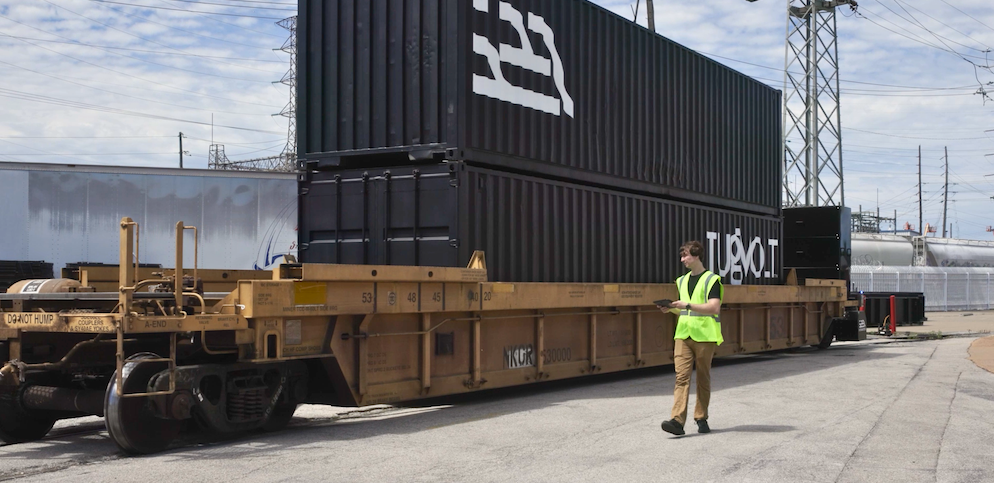






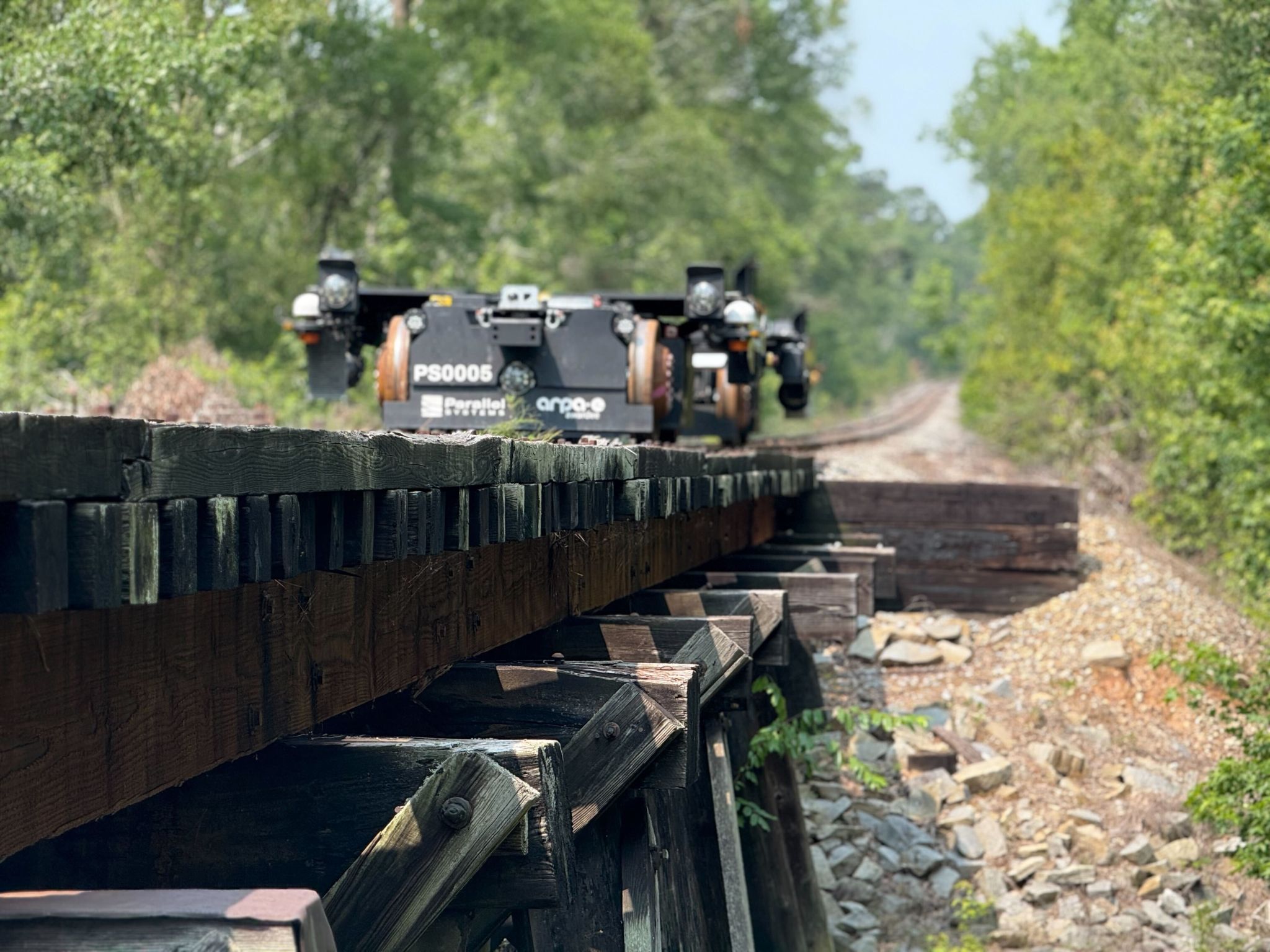
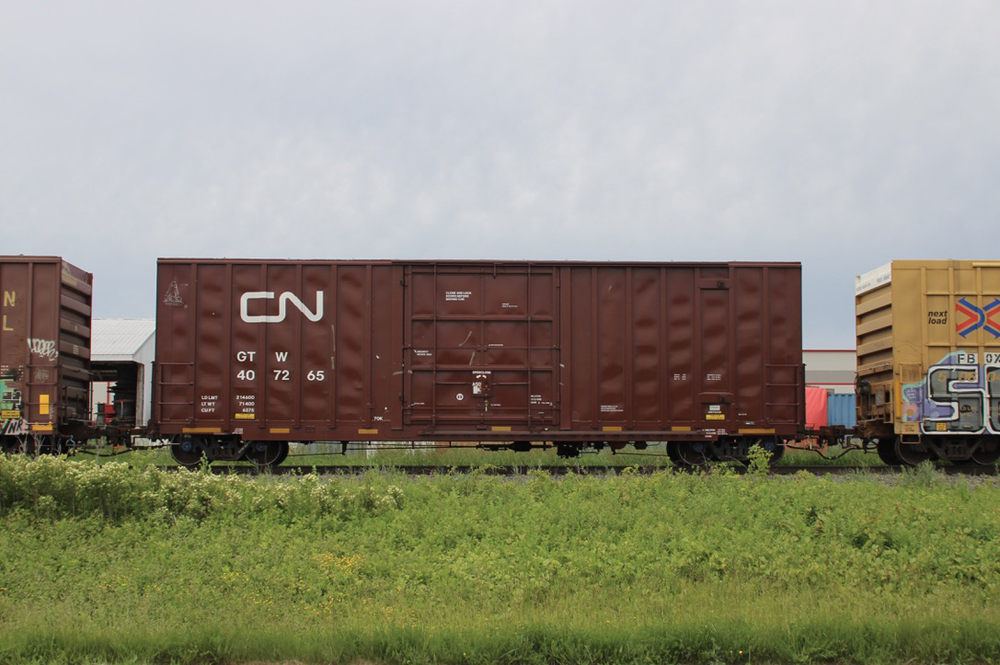
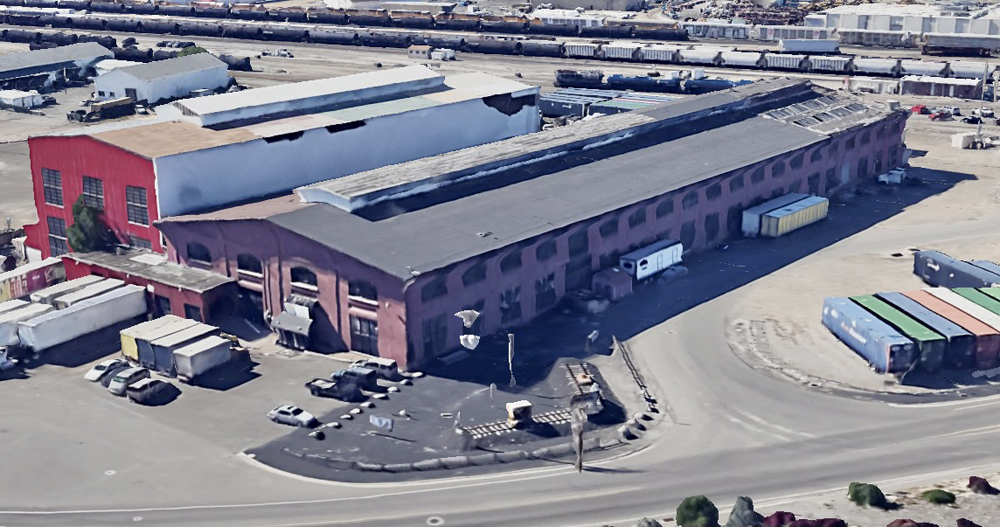
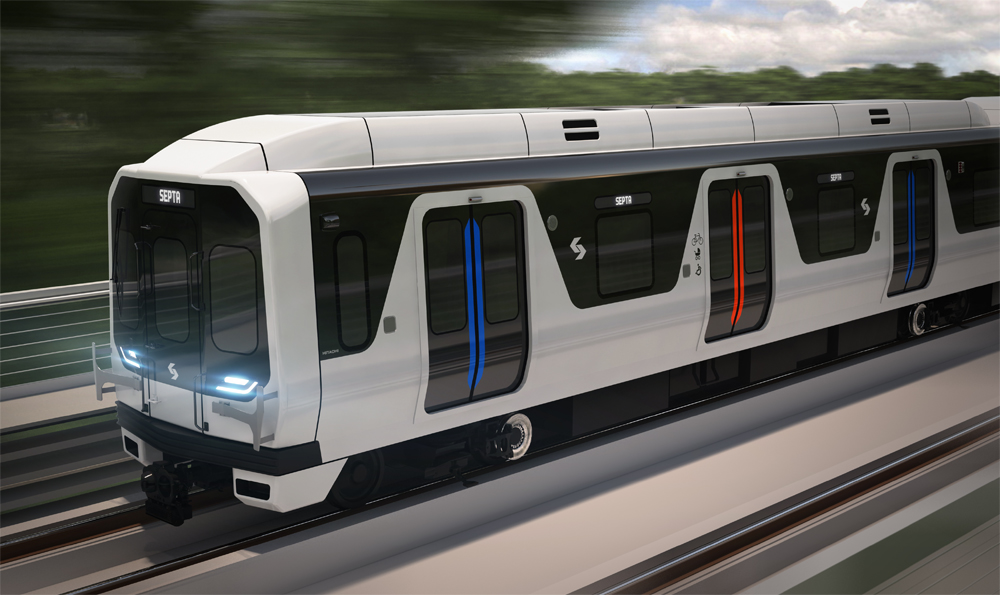




This is progressing just as it should in small movements within private property. It will bring out many shortcomings both technical and practical.
If a load will eventually move on rail, why not move from the start on rail? It might ultimately provide more work for railroaders if it take loads off of trucks.
Any train should not be longer than the shortest siding on any district. Those siding distances should not be more than 15 miles between sidings. And closer or 2 main tracks above 15 – 20 million gross tons per year. If for some reason more than 5% of the trains were required to run slower than 40 MPH, then sidings should be closer.
Between the unions, government regulators and finally the railroads themselves seeing these integrated and utilized nationally will be a long time coming.
Railroads increase line capacity by running fewer, longer trains. Many short trains devour capacity.
FRA could view each ‘car’ as a ‘locomotive’, with accompanying inspection and operating requirements. As occurs with Multiple Unit passenger cars.
“Railroads increase line capacity by running fewer, longer trains. Many short trains devour capacity.”
That is true and relevant on lines where capacity is an issue. However, there are many rail lines serving smaller markets that have a lot of unused capacity.
A prime example is CN’s Iowa Line. Iowa is the number one producer of red meat in the US with many of the large meat slaughter plants located on, or near, the CN line. That line currently has very few trains and the large volume of meat now overwhelmingly moves long distances by truck. This technology could put a lot of that freight and revenue on the railroads.
The same holds true for eggs. Iowa is the number one producer and there is rail capacity to spare,
Just exactly what is needed. Way cool dudes!